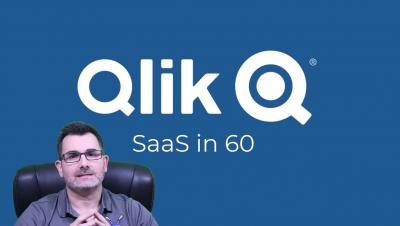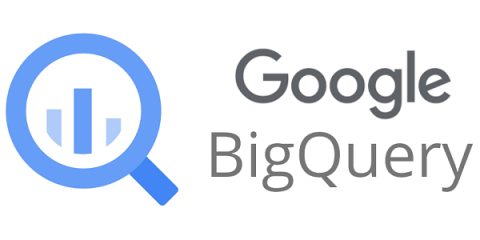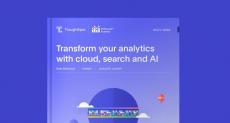How to strengthen your company's data literacy
Those who use data wisely have competitive advantages and more profits. As a result, companies are increasing their focus on improving their data literacy. For example, the importance of data has led companies like AppNexus1 and Chevron2 to conduct internal data science competitions to identify and hone analytical talent. But, as noted in the kickoff blog post to our series on data-driven organizations, merely having data does not ensure you have a useful interpretation of that data.










